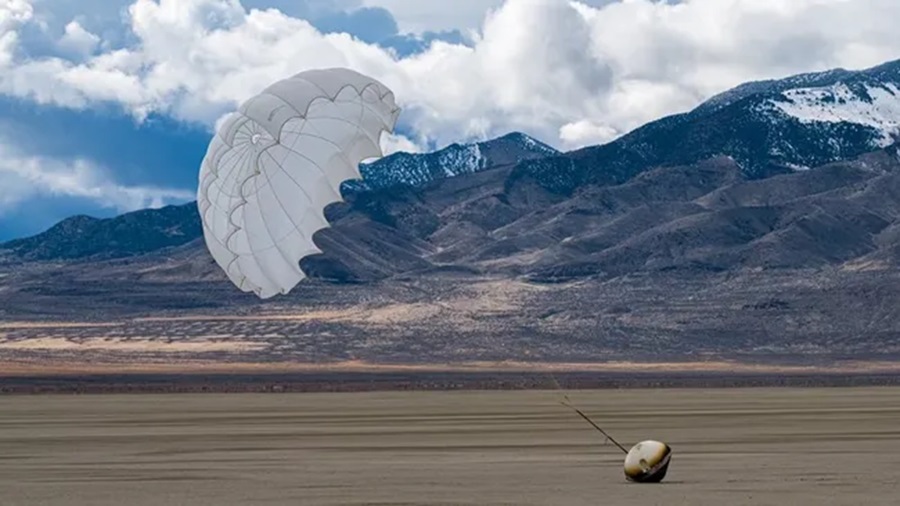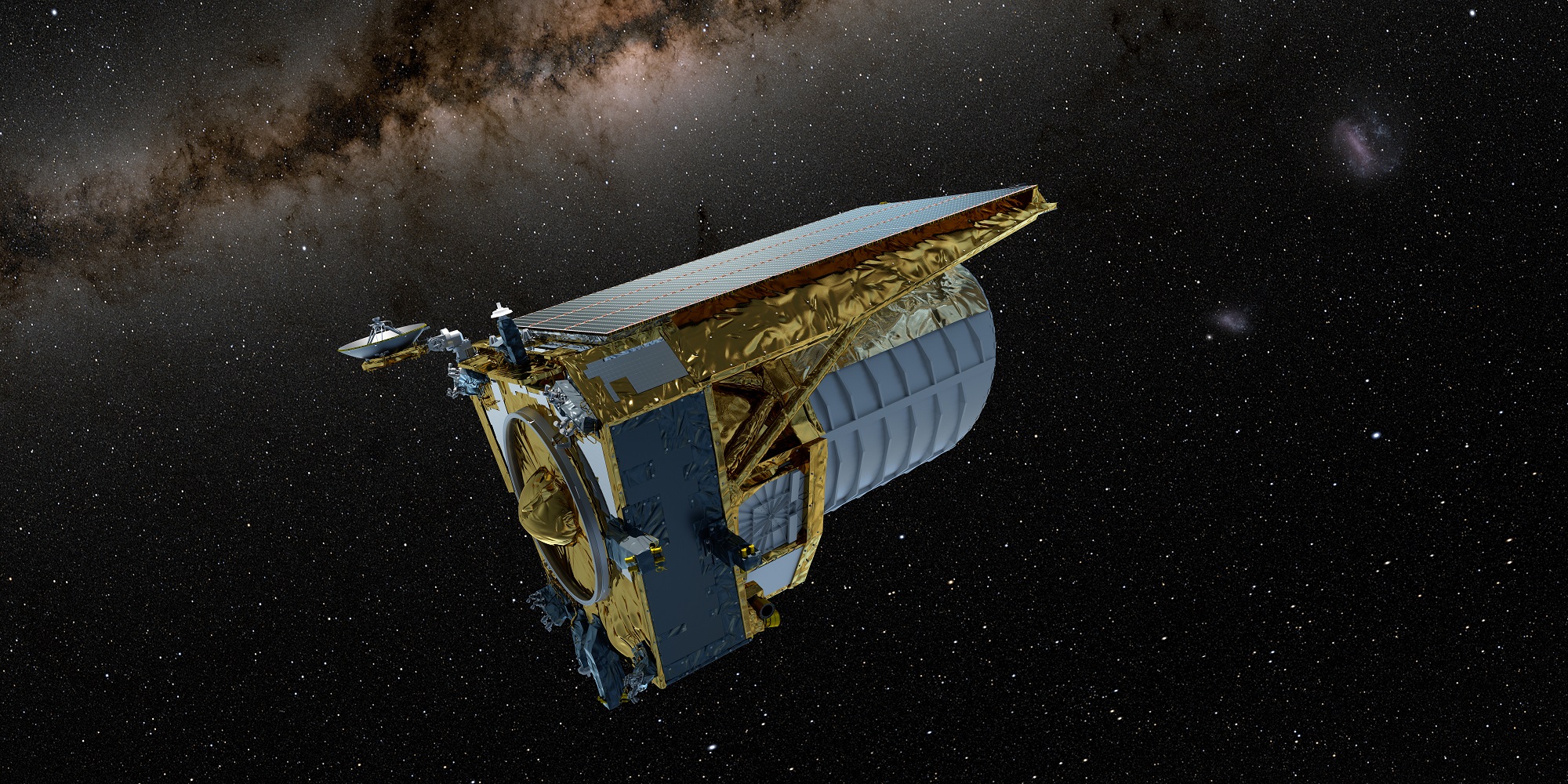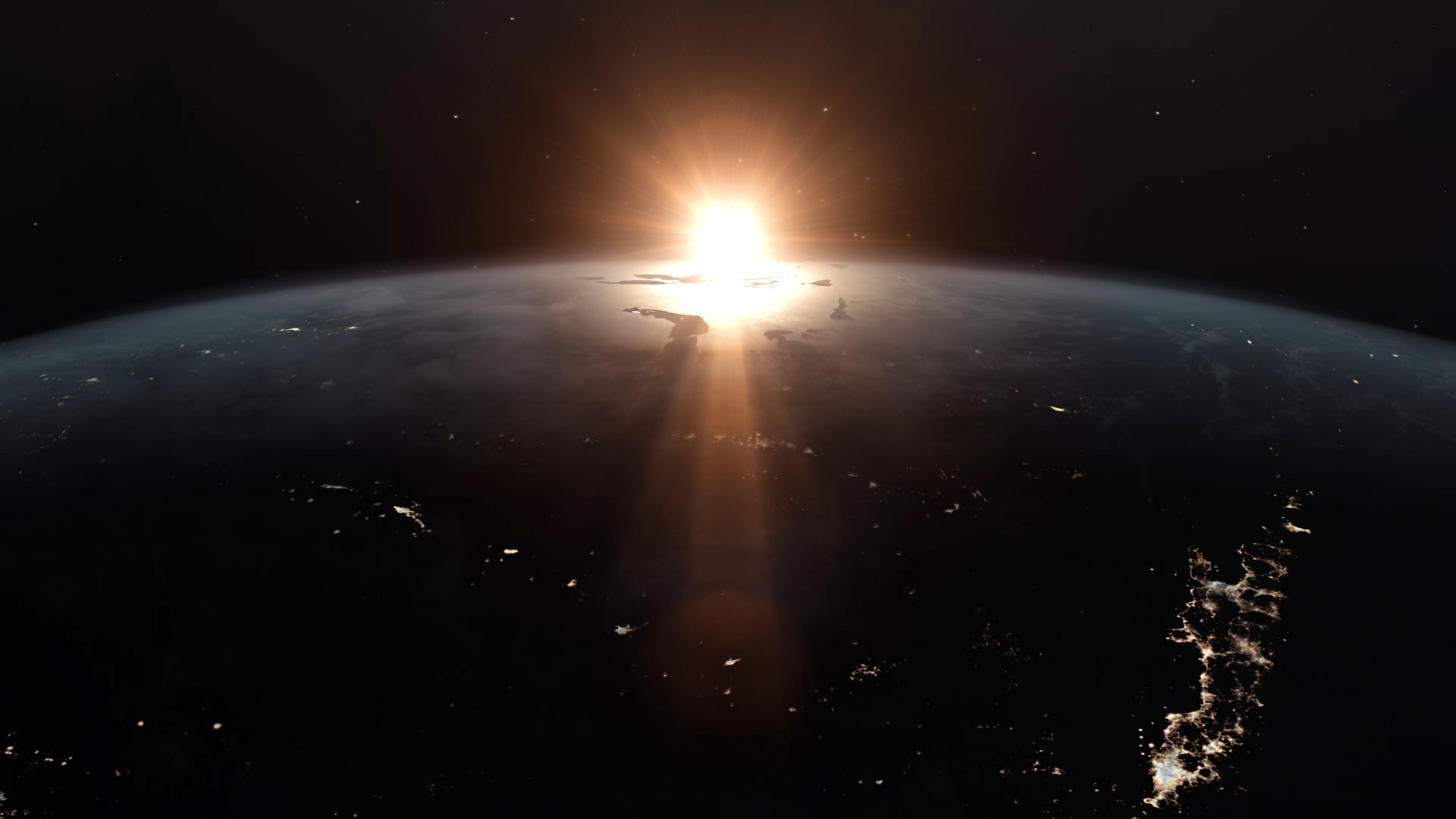On Wednesday, February 21st, at 01:40 p.m. PST (04:40 p.m. EST), an interesting package returned to Earth from space. This was the capsule from the W-1 mission, an orbital platform manufactured by California-based Varda Space Industries, which landed at the Utah Test and Training Range (UTTR). Even more interesting was the payload, which consisted of antiviral drugs grown in the microgravity environment of Low Earth Orbit (LEO). The mission is part of the company’s goal to develop the infrastructure to make LEO more accessible to commercial industries.
Continue reading “A Capsule With Antiviral Drugs Grown in Space Returns to Earth”Intuitive Machines’ Odysseus Lander Begins Its Moon Odyssey
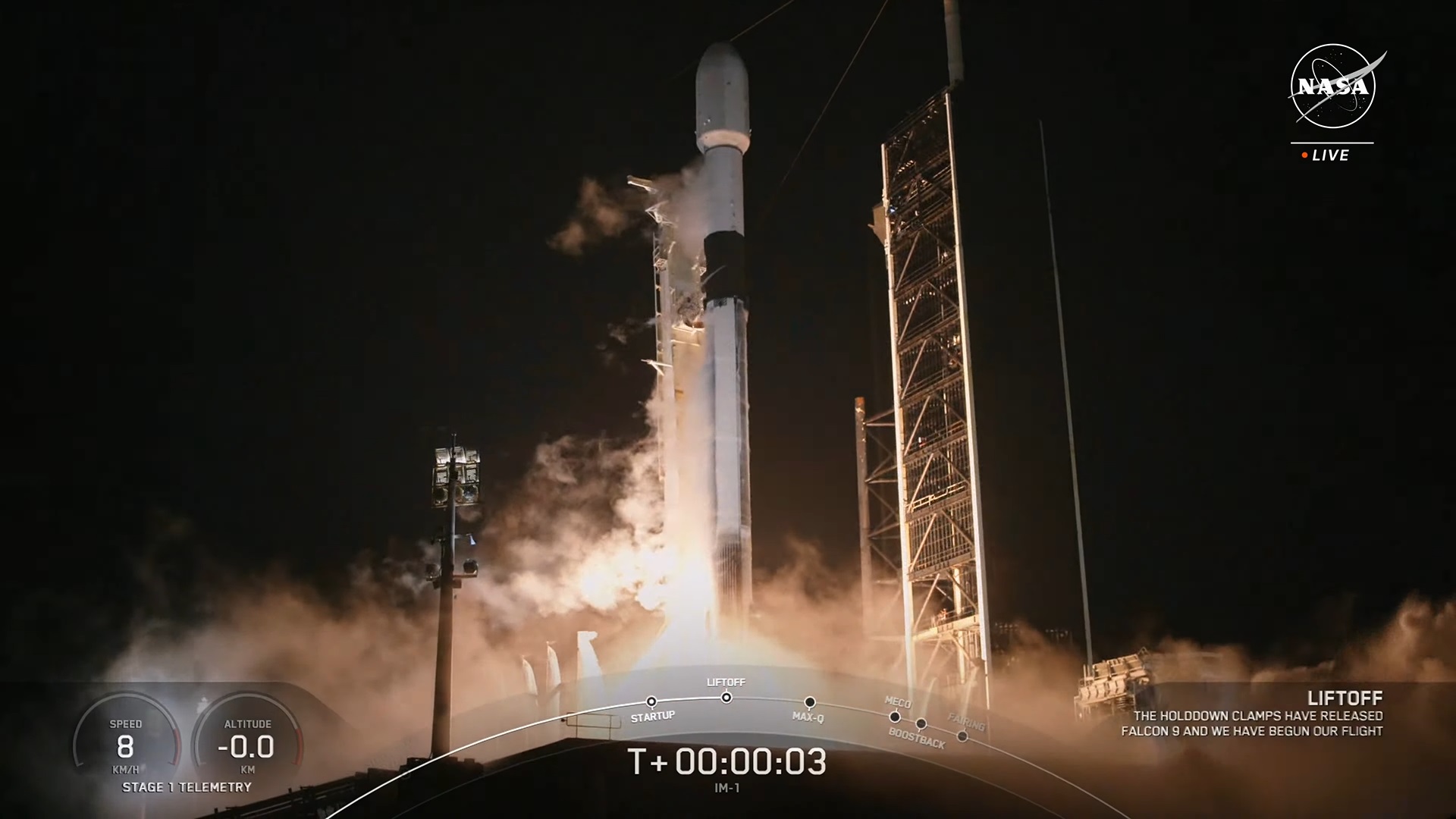
Now it’s Intuitive Machines’ turn to try making history with a robotic moon landing.
Today’s launch of the Houston-based company’s Odysseus lander marks the first step in an eight-day journey that could lead to the first-ever soft landing of a commercial spacecraft on the moon. Odysseus would also be the first U.S.-built spacecraft to touch down safely on the lunar surface since Apollo 17’s mission in 1972.
The lander — which is as big as an old-fashioned British phone booth, or the Tardis time portal from the “Doctor Who” TV series — was sent spaceward from Launch Complex 39A at NASA’s Kennedy Space Center atop a SpaceX Falcon 9 rocket at 1:05 a.m. ET (0605 UTC).
Continue reading “Intuitive Machines’ Odysseus Lander Begins Its Moon Odyssey”ESA's Euclid Mission is Off to Explore the Dark Universe
On Saturday, July 1st (Canada Day!), the ESA’s Euclid space telescope lifted off from Cape Canaveral in Florida. This next-generation astrophysics mission will spend the next few weeks flying to the Earth-Sun L2 Lagrange Point, where it will spend the next six years observing one-third of the sky. During that time, Euclid will observe billions of galaxies to a distance of 10 billion light-years, leading to the most extensive 3D map of the Universe ever created. This map will help astronomers and cosmologists resolve the lingering mystery of Dark Matter and Dark Energy (DM & DE).
Continue reading “ESA's Euclid Mission is Off to Explore the Dark Universe”Reusable Rockets Could Fly Back to Their Launch Sites With Wings
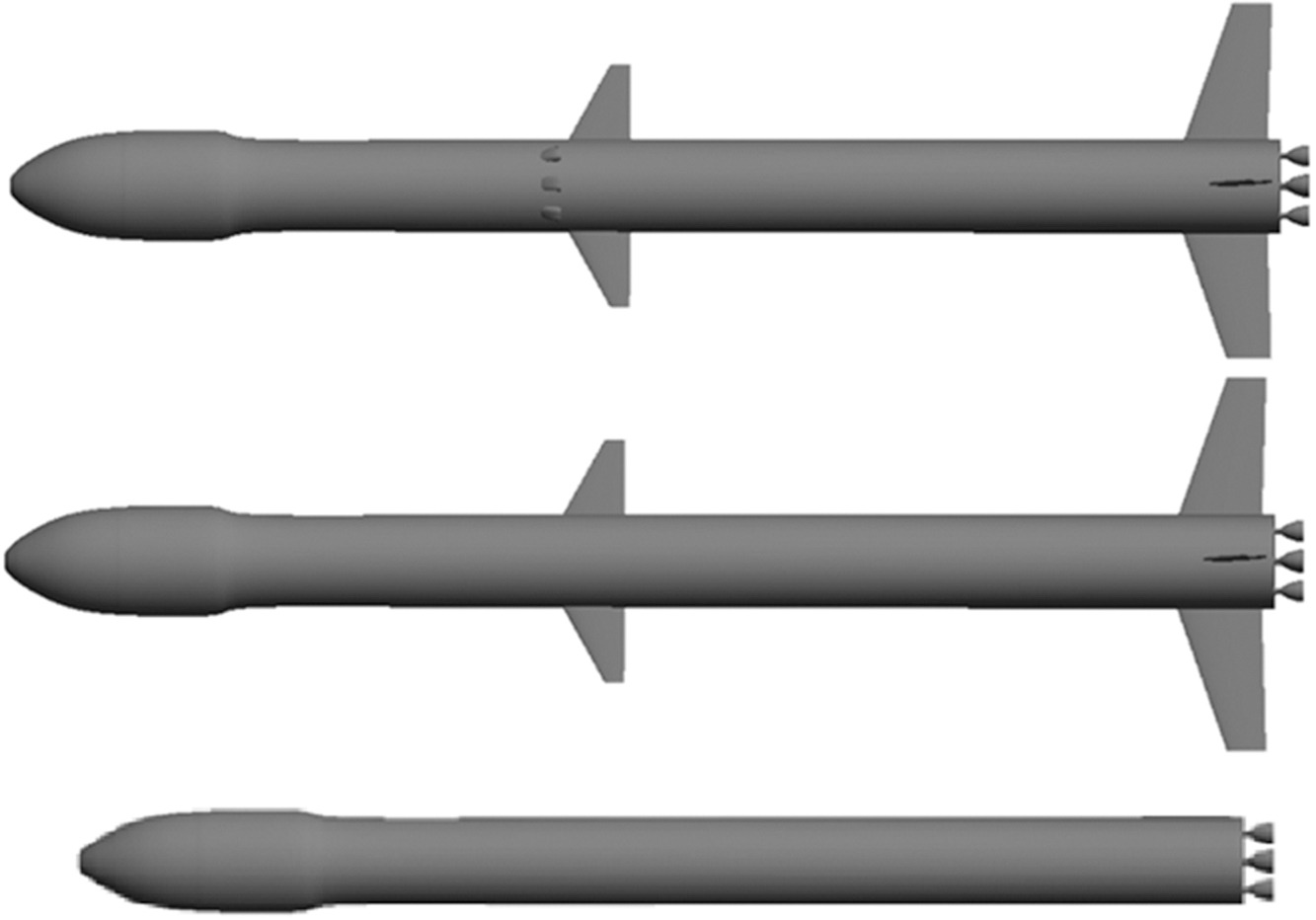
Reusable launch vehicles have been a boon for the commercial space industry. By recovering and refurbishing the first stages of rockets, launch providers have dramatically reduced the cost of sending payloads and even crew to space. Beyond first-stage boosters, there are efforts to make rockets entirely reusable, from second stages to payload fairings. There are currently multiple strategies for booster recovery, including mid-air retrieval using helicopters and nets. Still, the favored method involves boosters returning to a landing pad under their own power (the boost-back and landing maneuver).
This strategy requires additional rocket propellant for the booster to land again, which comes at the expense of payload mass and performance for the ascent mission. As an alternative, researchers from the National Office Of Aerospace Studies And Research (ONERA) propose two new types of strategies that would allow boosters to return to their launch site. These are known as “glide-back” and “fly-back” architectures, both of which involve boosters with lifting surfaces (fins and wings) performing vertical takeoff and horizontal landing (VTVL) maneuvers.
Continue reading “Reusable Rockets Could Fly Back to Their Launch Sites With Wings”Four Private Astronauts Are Now on the International Space Station

On Sunday, May 21, the 4-person crew of Axiom Mission 2 (Ax-2) blasted off to the International Space Station (ISS) on board a SpaceX Crew Dragon, and today, May 22, the private astronaut crew boarded the International Space Station for a scheduled 10-day stay.
Continue reading “Four Private Astronauts Are Now on the International Space Station”Aurora Hunter Todd Salat Captures a Bizarre Spiral Made by a SpaceX Fuel Dump
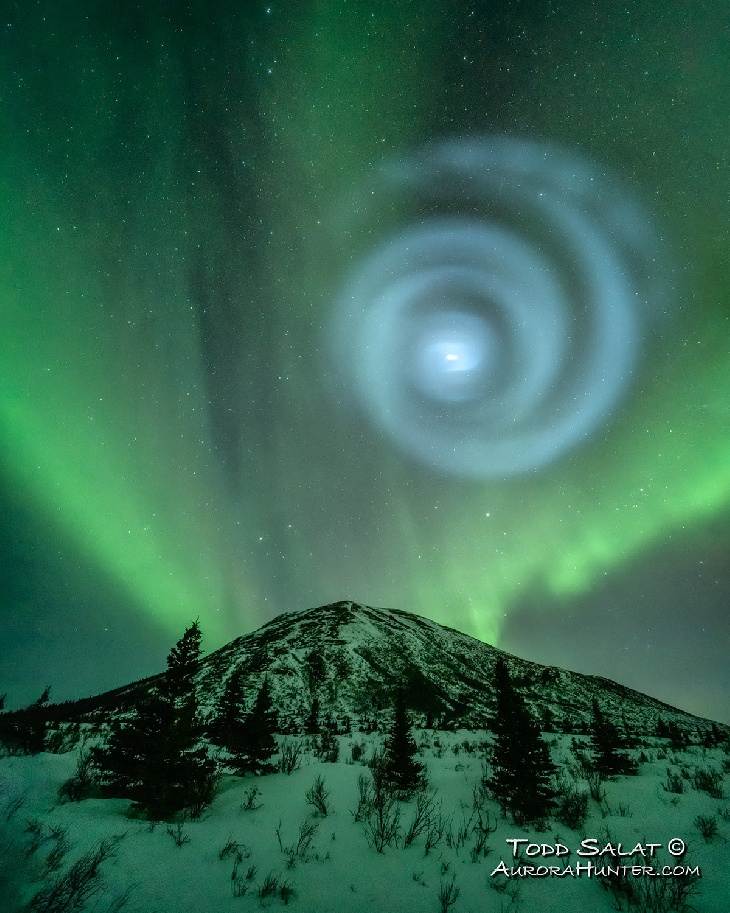
Astrophotographer Todd Salat was out in the early hours of April 15, 2023, hoping to capture an aurora display over Donnelly Dome near Delta Junction, Alaska. While the stunning aurora didn’t disappoint, Salat was in for a surprise: a weird spiral appeared in the sky over the summit.
“I had no idea of what I was seeing,” Salat said on his website, “but this phenomenon appears to be caused by engine exhaust from a SpaceX Transporter-7 mission that launched southward on the Falcon 9 about three hours earlier from the Vandenberg Space Force Base in California.”
Continue reading “Aurora Hunter Todd Salat Captures a Bizarre Spiral Made by a SpaceX Fuel Dump”An Alternative Theory of Inertia will Get Tested in Space
One of the most exciting aspects of the current era of space exploration (Space Age 2.0) is how time-honored ideas are finally being realized. Some of the more well-known examples include retrievable and reusable rockets, retrieval at sea, mid-air retrieval, single-stage-to-orbit (SSTO) rockets, and kinetic launch systems. In addition, there are also efforts to develop propulsion systems that do not rely on conventional propellants. This technology offers many advantages, including lower mass and improved energy efficiency, ultimately leading to lower costs.
On June 10th, 2023, an all-electrical propulsion system for satellites (the IVO Quantum Drive) will fly to space for the first time. The system was built by North Dakota-based wireless power company IVO, Ltd., and will serve as a testbed for an alternative theory of inertia that could have applications for propulsion. The engine will launch atop a SpaceX Falcon 9 rocket as part of a dedicated rideshare (Transporter 8) hosted by commercial partner Rogue Space Systems. If the technology is validated, the Quantum Drive could trigger a revolution in commercial space and beyond. And if not, then we can relax knowing that the laws of physics are still the laws of physics!
Continue reading “An Alternative Theory of Inertia will Get Tested in Space”Spectacular Night Launch Sends SpaceX Crew 6 to the Space Station
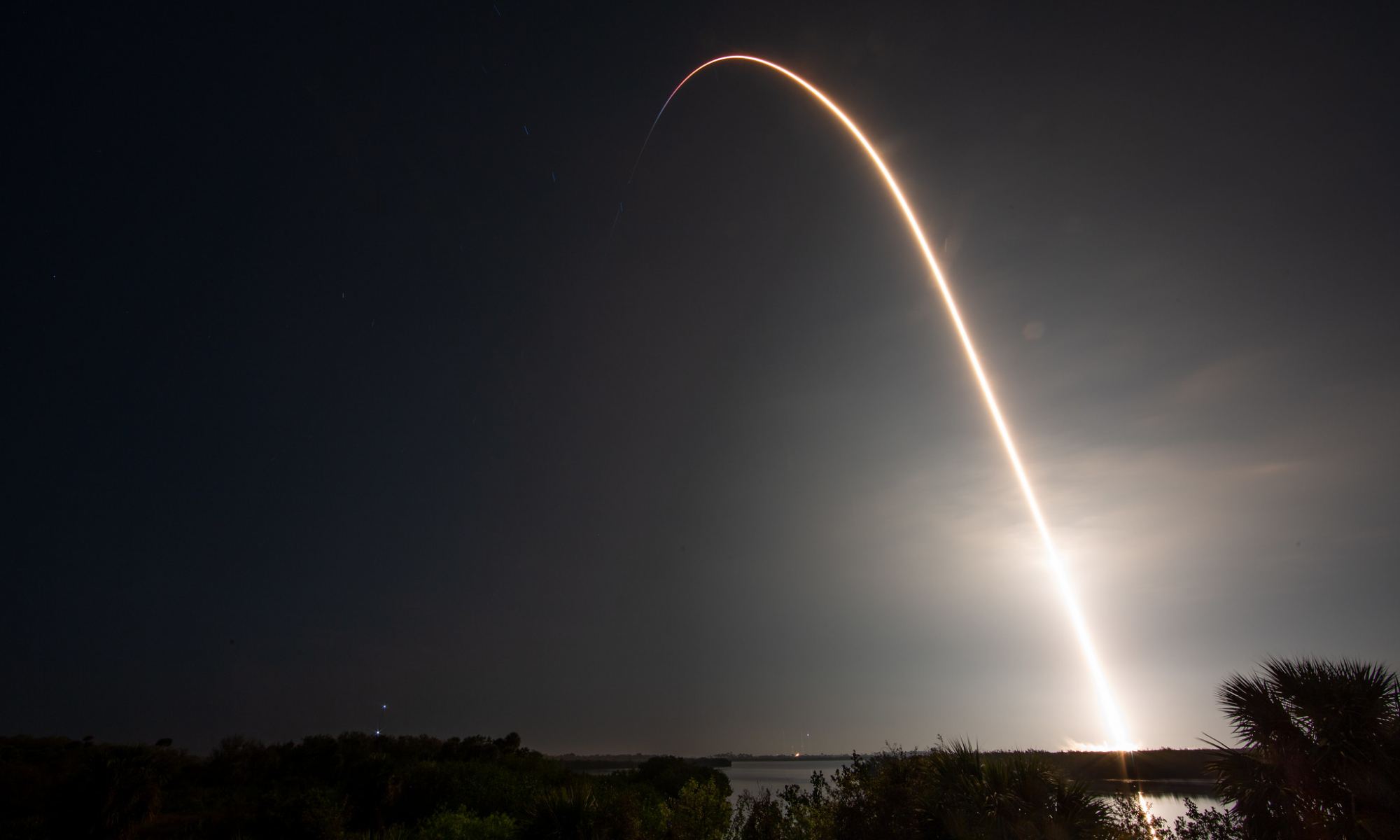
The NASA/SpaceX Crew 6 members are now on their way to the International Space Stations after a spectacular nighttime liftoff from Launch Complex 39A at Kennedy Space Center.
At 12:34 am EST, a SpaceX Falcon 9 rocket sent a Dragon spacecraft named Endeavour into orbit. Onboard were NASA astronauts Stephen Bowen and Warren Hoburg, along with United Arab Emirates (UAE) astronaut Sultan Alneyadi and Roscosmos cosmonaut Andrey Fedyaev.
Continue reading “Spectacular Night Launch Sends SpaceX Crew 6 to the Space Station”Two Rockets at Cape Canaveral

An interesting photo-op took place at Launch Complex 39 at NASA’s Kennedy Space Center in Florida last week. On April 6th, two different rockets were photographed occupying neighboring launch pads – LC 39A and 39B. The former was occupied by the Falcon 9 rocket and Dragon capsule (visible in the foreground) that launched the first all-private mission to the International Space Station (ISS) on April 8th – the Axiom Mission 1 (Ax-1).
The latter was occupied by the NASA Space Launch System (SLS) rocket and Orion Spacecraft that will be used to conduct the inaugural launch of the Artemis Program (Artemis I) this summer (seen in the background). This is the first time two different types of rockets and spacecraft occupied LC 39’s sister pads simultaneously. This will become the norm in the future as the KSC continues to grow and becomes a multi-user spaceport that launches government and commercial rockets.
Further Reading: NASA
The Four Private Axiom Astronauts are off to the International Space Station
This morning, at 11:17 AM EDT (08:17 AM PDT), the first all-private astronaut mission to the International Space Station (ISS) lifted off from Launch Complex 39A at NASA Kennedy Space Center in Florida. Designated Axiom Mission 1 (Ax-1), this mission consists of four commercial astronauts flying aboard the SpaceX Dragon Endeavour spacecraft that launched atop a SpaceX Falcon 9 rocket. The launch was live-streamed via NASA’s official Youtube channel (you can catch the replay here).
Continue reading “The Four Private Axiom Astronauts are off to the International Space Station”
